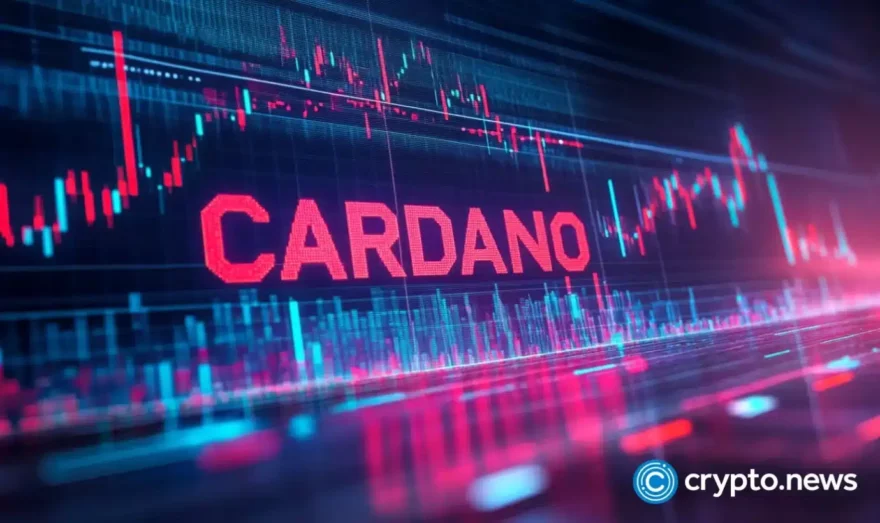Building businesses, not just hype, defines today’s token launches | Opinion

Disclosure: The views and opinions expressed here belong solely to the author and do not represent the views and opinions of crypto.news’ editorial.
I remember when the call came in at 2 am. Another friend and founder, very stressed, asked whether they should launch their token now or wait another six months. Determining the best time to launch a token is harder than ever. Three years ago, it seemed simple to many. Launch fast, create hype, and ride the wave. But today, that approach quickly kills projects and sometimes entire companies.
- The days of launching a token on hype alone are over. In past cycles, projects raised millions from whitepapers and promises, often with no product in sight — but that model collapsed under its own weight.
- Today’s market flips the script. Investors demand proven utility, real users, and revenue before a token ever hits the market, making launches look more like traditional IPOs than speculative gambles.
- Successful projects now build first, then use tokens as growth accelerators — rewarding holders with revenue sharing, fee discounts, or buybacks tied to actual business performance.
- Examples like Hyperliquid, Pendle, and Pump.fun prove that different launch strategies can work — but only when backed by real adoption and sustainable cash flows.
- The token landscape has matured. In web3’s next chapter, builders who earn trust before selling speculation will own the future.
What’s changed? The industry has fundamentally shifted, with both everyday investors, venture capitalists, and institutions looking for commercial utility and value, rather than speculative hype.
The ‘Wild West’ of early token launches
In previous cycles, launching a token was relatively straightforward. Projects would write a whitepaper promising revolutionary technology, create a huge amount of hype, launch their token, and raise millions of dollars based on speculation, while figuring out the product later.
With the industry in its infancy and limited projects fighting for attention, it worked for many. Elaborate tokenomics papers and governance structures were created for products that didn’t exist. Teams would raise millions from PowerPoint presentations.
Vaulta (previously EOS) raised $4.1 billion in a year-long ICO, promising a highly scalable blockchain platform. Filecoin raised $205 million on the premise of creating a decentralized storage system. Kik raised nearly $100 million for a token to underpin a future “digital economy” in the Kin ecosystem. These are just three examples from a sea of thousands.
Sometimes this worked. But often it didn’t, and the backwards model began to break, leading to a negative perception around the term initial coin offering. Firstly, projects often never found real users, building products nobody wanted, or worse, building nothing at all. Secondly, even teams that generated revenue forgot about token holders, with the token becoming disconnected from business success.
Even well-funded projects with celebrity endorsements struggled to maintain interest for more than a few days. Some teams would spend hundreds of thousands on influencer campaigns that moved their token price for 48 hours. The problem is that many projects would run such campaigns simultaneously, making breaking through the noise nearly impossible.
But perhaps more importantly, the number of token launches exploded. CoinMarketCap tracks over 18,000 cryptocurrencies, with some estimates putting the total number of tokens at 37 million. That’s a huge spike in competition for the same pool of investor attention, which can be more selective than ever. Hype is no longer enough.
The era of commercial utility
Today’s token launch landscape is completely different and can sometimes resemble that of a TradFi IPO. The backwards model has been flipped upside down, with investors looking for utility and real commercial value first, rather than hype around speculative future technology and profit.
The best projects don’t focus on out-hyping their competition; they focus on out-building them. They create products that people use daily, supported by cash flows that justify token valuations through fundamental analysis. Tokens are then launched as a growth accelerator.
This shift forced innovation in how tokens create value for holders. The simple governance rights from previous cycles are no longer enough. Revenue sharing with stakers, fee discounts for long-term holders, and protocol buyback programs using network fees have become the norm. The result is a healthier ecosystem where holding tokens means owning part of a real business.
Hyperliquid built a profitable exchange with $250 billion in trading volume that generated $55 million in monthly revenue before their token existed. Then they did something unprecedented with their launch. There was zero allocation to external VCs — 33% was airdropped to users, and 31% was reserved for community rewards.
Pendle built a platform for trading futures yields on DeFi protocols, and no one cared about their token until they generated $4 million in monthly revenue and $5 billion in total value locked. Aave was similar to their lending revenue, alongside Uniswap with its transaction volume. These metrics can’t be faked or manufactured through marketing campaigns.
A few select projects can combine old-school hype with new-school fundamentals. Pump.fun is one of these. They built a strong product-market fit, with over 11 million tokens launched on their platform, generating $400 million in revenue.
But then they chose a traditional ICO-style launch across six exchanges simultaneously, selling 33% of tokens at $0.004 each. They also had a relatively high team and investor allocation. But unlike pure speculative tokens, Pump.fun had proven revenue streams and user adoption.
The road ahead
What makes these cases interesting is their different approach to the same principle. All three built real businesses before tokens. Pendle chose gradual distribution, Hyperliquid prioritized community ownership, and Pump.fun went for maximum market attention through coordinated exchange launches.
In a complete contrast to previous cycles, the market is rewarding builders who prove value before seeking speculation. It is a profound maturation of the market, and in some ways, is akin to the IPOs we see in TradiFi.
While web3 poses a more inclusive future than TradiFi, we can certainly take the best parts of the past forward with us into the future.













